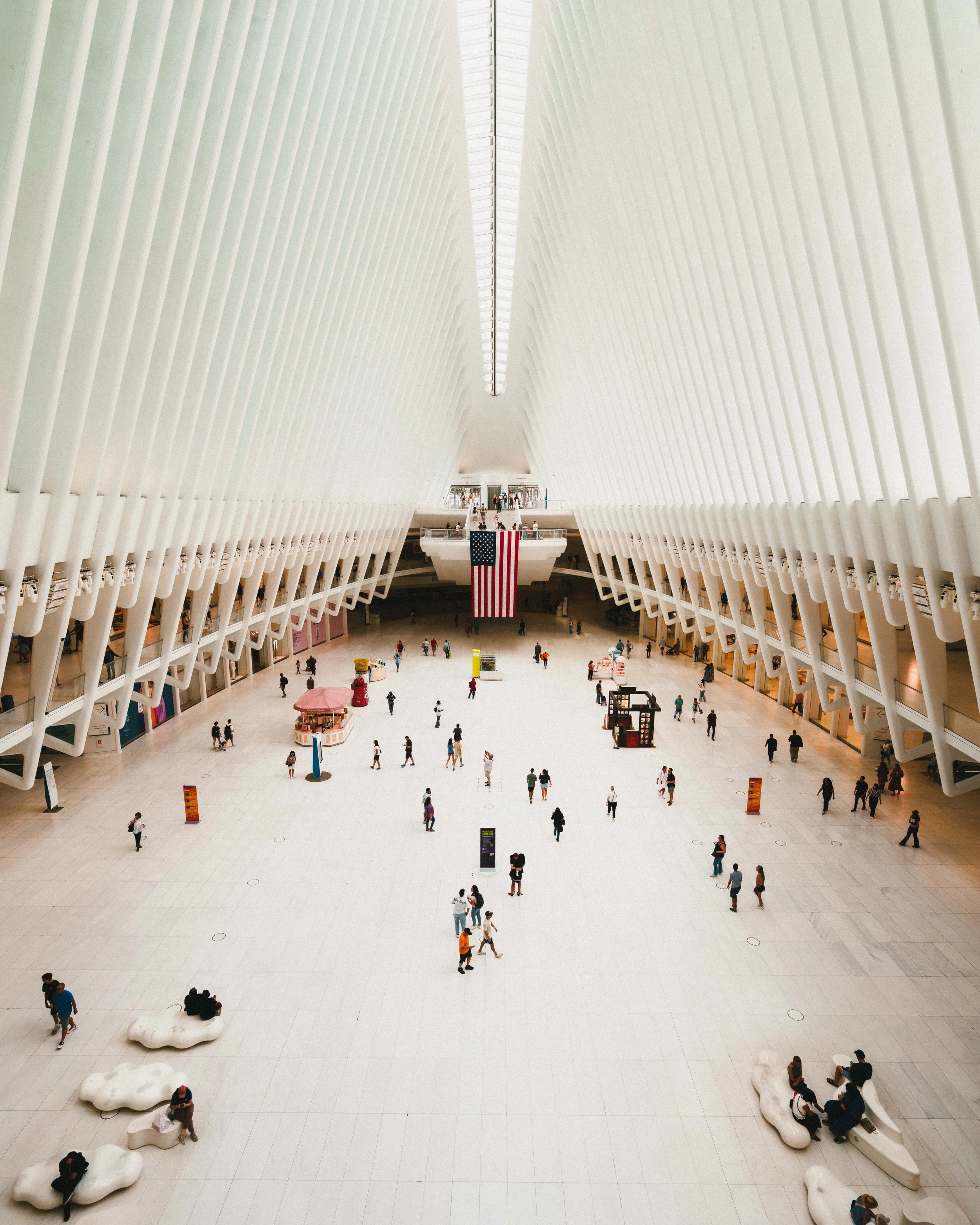Is a 16-35mm Lens For You?
Do you want to capture expansive landscapes or narrow city streets, or would you like a one lens solution that could capture most of everything on your travels? In this blog, I’ll go over my opinion on where this lens excels, where it falls short, and why it may or may not work for you. For background information, my opinions are based off of my usage of the Sony 16-35mm GM Mk I and Mk II that I have used over the years. My opinions are my own and I was not paid or sponsored in any way. With that being said, let’s get into it.
Where The Lens Excels
When I first started photography, my primary focus was landscape. I loved the idea of traveling to new places, experiencing them for myself, and sharing my vision and creative hand. At the time I didn’t really know too much about landscape photography, so I did what most people would probably do and consulted YouTube. One of the most common themes I came across in the results was that the majority of people on YouTube will tell you that every photographer needs a 16-35mm lens in their bag. So naturally, I took their word for it and purchased one for myself. Fast forward a few years and I can say that whether it’s from the cloudy landscapes of Scotland to the sunny days of New York City or Philadelphia, I found that this lens delivered many of my all-time favorite photos. Some of which would not have been possible if I didn’t have a wide-angle lens available.
For many years these lenses became a reliable piece of gear at documenting the places I had been to, and has accompanied me on many trips. In some cases it would be the only lens I would use for days and weeks at a time as it has no trouble at capturing the surrounding environment and its people. I imagine most users would feel at home using this focal range as it’s fairly equivalent to a cell phone camera set at 0.6x to 1.5x, so the learning curve may be lower, depending on the user. An extra benefit is if you have a camera with a Crop mode — with this you can practically extend the 35mm to a little over 50mm giving you tons of flexibility though at the cost of some resolution.
Where The Lens Falls Short
As is the nature of nearly all zoom lenses, the image quality isn’t perfect throughout the whole focal range. Zoom lenses typically perform their best near the middle of the focal range, in this particular case that’s around 24-28mm. When shooting at 16mm you may come across stretching in the corners, which is pretty common in wide-angle focal lengths but it is something to consider if you want to do any sort of astrophotography or if you’re someone who composes subjects near the edges or corners. This will 100% depend on the specific lens you have as they’re not created equal and may exhibit characteristics that others don’t, but it is something to be aware of. With the gear I used, I personally haven’t noticed it all that often and not in a way that I think a shot was ruined. The other thing I can imagine being a downside is that for some, 16mm may be wider than they’re willing to go. Ultra-wide photography is an acquired taste and may not be appealing to for everyone, while others may find it more interesting or fascinating. Conversely, some people may also find that 35mm is wider than they prefer. Again, it all comes down to personal preference and style, and the situation you find yourself in.
Will It Work For You?
For many people a 16-35mm lens could be the only lens they take with them on a trip and be completely satisfied with it, while for others they may find that limiting. It can be a one lens solution for photo and video purposes, and would excel in those landscape and urban environments where you want to show off the scenery, the architecture of buildings, or people within a bustling street. However, even though I have had plenty of fantastic shots with a 16-35mm lens, I would much rather have a 24-70mm in my bag. For me personally, I find that 24mm is plenty wide enough for my liking 80-85% of the time. Only on a few occasions would I actually take photos that were wider, and even then I either didn’t like it or I could’ve zoomed in slightly on the subject. On top of that, I would also gain an extra 35mm of reach on the longer end where it would benefit my shooting style more. For me it came down to determining would I prefer to capture as much of a scene as possible, or would I prefer to capture something tighter and remove some of the distractions that a wide-angle photo can include?
If you ask yourself that same question and you’re not sure what you prefer, here’s a trick that may help you decide. Take a look at your catalog in your editing software to determine from the metadata what focal lengths you use the most and which ones produce your favorite images. Alternatively, look at the photos on your phone. Most phone cameras will default to a lens that is usually 24-26mm. If you have a lot of photos that are taken wider than the default lens, then maybe the 16-35mm lens would be a great option for you. If you find that you use the default lens, zoom in, or use the portrait modes, then maybe consider a 24-70mm or mid-range zoom equivalent like a 24-105mm. Only you can make that decision for yourself.
I hope this has been helpful to you in some way. If you have any questions or comments, feel free to contact and let me know!


























